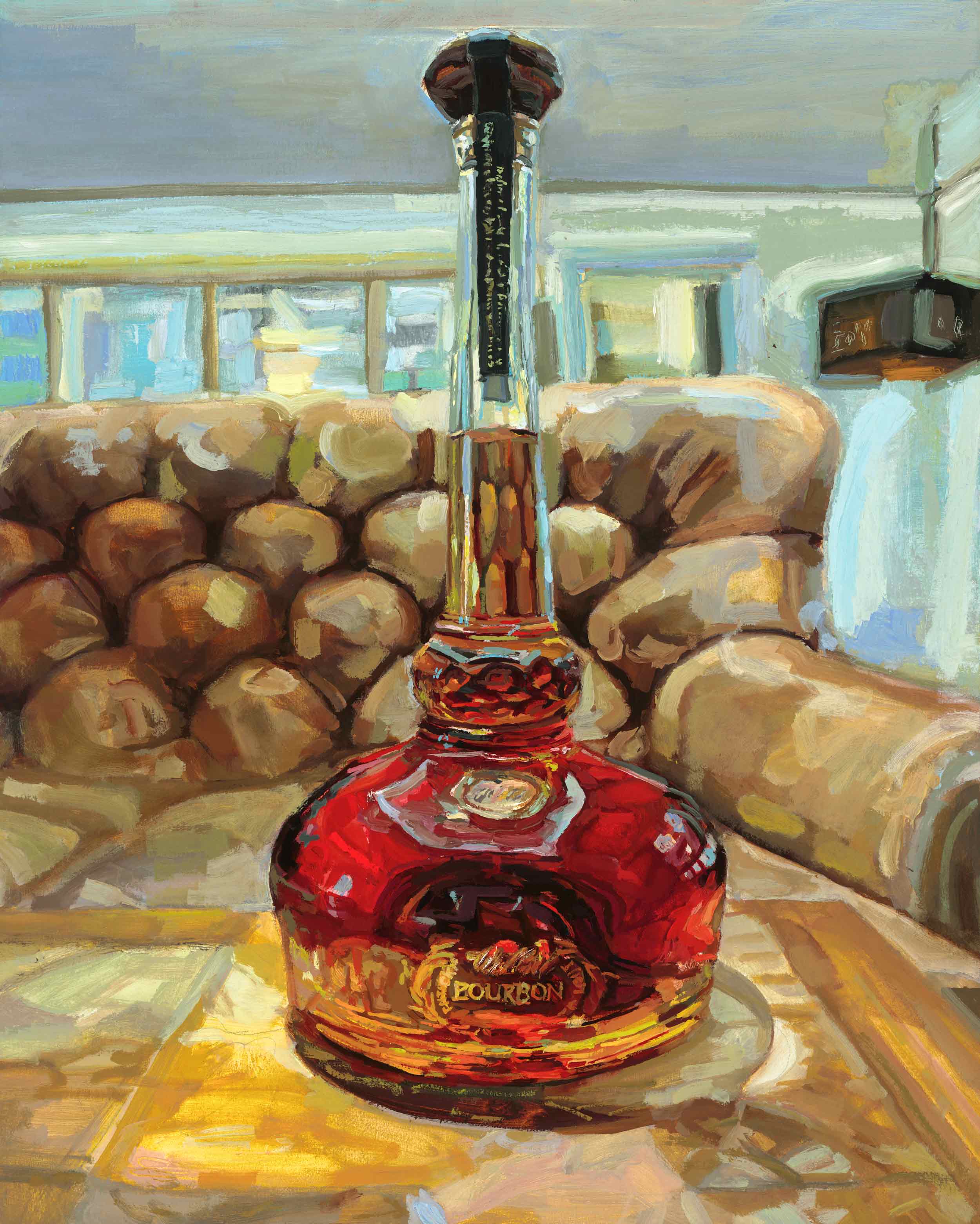Limited Edition: Discover Exclusive Bourbon Art Pieces for Collectors
The Importance of Whiskey Art in Celebrating Heritage and Craftsmanship in the Beverage Industry
The complex connection in between bourbon art and the event of heritage and craftsmanship within the drink market can not be overstated. Via thoughtfully designed labels and bottles, bourbon brands envelop their historical origins and the artisanal skills that specify their production methods.
The Historic Roots of Whiskey
At the heart of scotch's attraction lies an abundant tapestry of historical origins that trace back to old worlds. The origins of scotch can be linked to the distillation techniques of the Sumerians and Babylonians around 2000 BCE, where early kinds of fermented grain beverages started to arise. However, it remained in the Middle Ages that the art of distillation advanced substantially, particularly in Ireland and Scotland, causing the creation of whiskey as we know it today.
The term "bourbon" itself originates from the Gaelic word "uisce beatha," indicating "water of life." This expression highlights the social significance of scotch in Celtic cultures, where it was often related to routines, parties, and communal bonding. By the 15th century, distillation ended up being a recognized craft within reclusive neighborhoods, leading the way for the establishment of legal distilleries.
As profession courses expanded, bourbon's popularity grew, transcending regional limits and catching the passion of aficionados worldwide. Whiskey Art. This historic journey reflects not only the craftsmanship behind scotch production however additionally its indispensable duty in cultural and social contexts, marking it as a significant beverage throughout history
Artistic Expression in Branding
Whiskey branding stands as a compelling intersection of artistry and commerce, where visual identification plays an essential role fit customer understanding. The visual appeals of bourbon labels, product packaging, and advertising and marketing products mirror not just the brand name's tale however also its core values and heritage. Through imaginative expression, distilleries share a narrative that resonates with consumers, stimulating feelings and stimulating connections.
The usage of color, typography, and imagery in branding serves to set apart products in a saturated market. As an example, standard themes might stimulate a sense of credibility and craftsmanship, while modern-day designs can indicate advancement and forward-thinking. This strategic imaginative direction boosts brand acknowledgment and loyalty, enabling consumers to build a personal partnership with the scotch they pick.
Furthermore, imaginative expression in branding typically offers as an event of local heritage. Distilleries frequently integrate neighborhood symbols or historic references into their layouts, creating a local color that invites consumers to take part in a broader cultural experience. Ultimately, the creativity behind bourbon branding not only improves aesthetic allure but likewise improves the general narrative of the brand, promoting a much deeper appreciation for the workmanship and heritage ingrained in each bottle.
Craftsmanship in Container Layout
The creativity noticeable in whiskey branding extends beyond aesthetic identification to incorporate the workmanship associated with bottle style. Each container functions as a vessel not just for the spirit within, but likewise for the story it outlines its custom, beginning, and high quality. The design procedure needs careful focus to information, as components such as form, product, and closure add substantially to the general understanding of the whiskey.
Craftsmanship in container design involves choosing top notch glass that can enhance the scotch's shade and clarity, while also supplying a tactile experience for the consumer. The shape of the container need to be both visually appealing and practical, typically reflecting the heritage of the brand. Several distilleries decide for special shapes or printed logo designs that stimulate a feeling of authenticity and background.
Additionally, the label design and typography play a crucial duty in interacting the brand's story. Whiskey Art. A well-crafted container not just astounds the consumer's eye but additionally strengthens the brand name's commitment to quality and practice. By doing this, the craftsmanship of container style comes to be a crucial aspect of the scotch experience, merging virtuosity with a profound regard for heritage
Cultural Relevance of Bourbon Art
Celebrating practice and craftsmanship, the social significance of bourbon art transcends simple visual appeals, linking with the historic and social stories of the areas where it comes from. Each container acts as a canvas, illustrating the unique stories, mythology, and traditions that have formed local whiskey-making techniques. The complex layouts typically mirror the heritage of the distillers, incorporating signs and concepts that reverberate with the culture and values of their areas.

Additionally, whiskey art plays a crucial role in public gatherings and parties, functioning as a from this source substantial link in between individuals and their shared experiences. By appreciating the virtuosity in whiskey packaging, customers cultivate a much deeper understanding and respect for the craft, eventually enriching their pleasure of the drink itself.
Modern Trends in Whiskey Discussion
Recently, the presentation of scotch has progressed to reflect contemporary preferences and fads while still honoring standard craftsmanship - Whiskey Art. Distilleries are significantly focusing on aesthetic aspects that boost the overall drinking experience, linking the gap between heritage and modernity
Cutting-edge container designs have arised, often including sustainable products and imaginative labels that tell compelling stories. Lots of brands now team up with local musicians, instilling their items with one-of-a-kind aesthetic expressions that resonate with consumers. Furthermore, limited-edition launches are commonly packaged in collectible containers, including value and appeal for connoisseurs.

Verdict
In final thought, bourbon art offers as an essential conduit for sharing the heritage and workmanship integral in the drink sector. With complex branding, cutting-edge container styles, and culturally considerable creative aspects, scotch brands efficiently honor their traditions and attach with customers.


Workmanship in bottle design involves selecting high-quality glass that can enhance the bourbon's shade and clearness, while likewise giving a tactile experience for the consumer. In this means, the workmanship of bottle design becomes a vital facet of the scotch experience, merging artistry with an extensive regard for heritage.
In conclusion, whiskey art offers as an important conduit for revealing the heritage and craftsmanship inherent in the drink market.